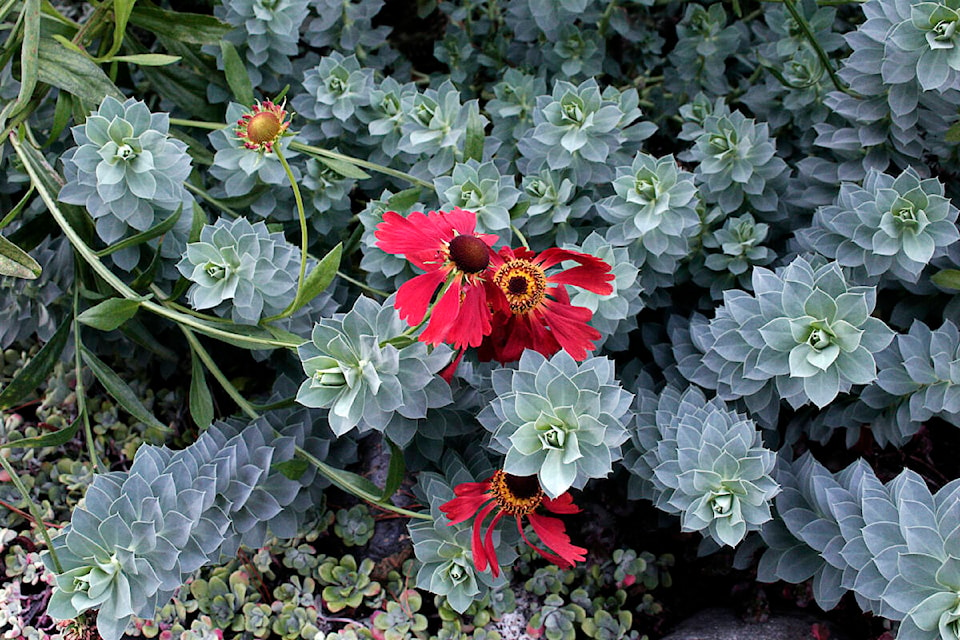By Leslie Cox
Special to the Record
With the harvest season ramping up to a faster frenzy, especially keeping up with the zucchini and tomato harvest, a word of caution.
I have always been mildly susceptible to some skin irritation on my bare arms when picking beans. For that reason, I have always made sure to slip on a long-sleeved shirt before heading down the rows with basket in hand. Except…
One day I did not bother to make the trip all the way back to the house for my shirt. Humph. I’m tough. A little bit of itchy skin for a couple of days won’t faze me any. Well, I am now paying for my laziness.
To my credit, I did scrub my arms with soap and water immediately after I finished picking the bean patch. Thought that would negate any chance of “itchy arms” starting in the next few hours. And it worked, too. Even lasted right through the night.
Problem is, I was out very early the next morning, watering the garden… without my long-sleeved shirt on. The coolness of the morning air felt marvellous and I did not want to spoil it by putting on my shirt. But one chore led to another and before I realized it, the sun had crept higher in the sky and was packing some serious heat.
By dinnertime, red blotches had appeared here and there on both hands and arms up to the hem of my short-sleeved shirt. And, some of them had developed blister-like scabs. Hmmm. They had a faintly similar look to what a dear friend suffered through a few years back. Only she had not been picking beans.
My friend had been harvesting her parsnips and not long afterwards she developed a bad case of phytophotodermatitis.
For the uninitiated, this is a skin reaction to furanocoumarins, (some call them furocoumarins), contained in the sap and fruits of certain plants – mainly those in the carrot and citrus families.
The furanocoumarins are photosensitizing chemicals so when you brush up against the plant or get its sap on your exposed skin, the sun reacts to those chemicals and blistering occurs. It can really be quite painful if you get enough sap on your skin.
Anyone dealing with giant hogweed is warned to wear protective clothing and eye goggles because there have been some nasty phytophotodermatitis cases in trying to eradicate this invasive weed. And parsnips are in the same family.
But beans aren’t, so what the heck? Why have I got these phytophotodermatitis-type sores? They certainly are similar, though smaller and not as painful, as those my friend suffered in her exposure case.
And just because I was already ticked off enough having to wear long sleeves in this third (or is it the fourth?) heat wave, I went on a deep Google search.
Turns out beans can indeed cause some phytophotodermatitis too. Plants in the Fabaceae (or Leguminosae) family contain a chemical compound called coumarins and through a round-about route, (I won’t bore you with all the scientific jargon), they can cause sun sensitivity.
But the peril does not stop in the vegetable garden. There are other plant species whose sap can cause skin irritation.
Borage, pulmonaria (lungwort) and euphorbias (poinsettia and spurges) are good examples.
So, be careful. It’s a jungle out there in the garden!
~ ~ ~ ~ ~
Our garden is now closed for the season but watch my website, duchessofdirt.ca, for upcoming news and to subscribe to my monthly newsletter.
Also, check out my upcoming “Putting the Garden to Bed” workshop at: https://bit.ly/3wKGj5B It is on Thursday, Sept. 22 at 7 p.m.
Leslie Cox co-owns Growing Concern Cottage Garden in Black Creek. Her website is www.duchessofdirt.ca.
